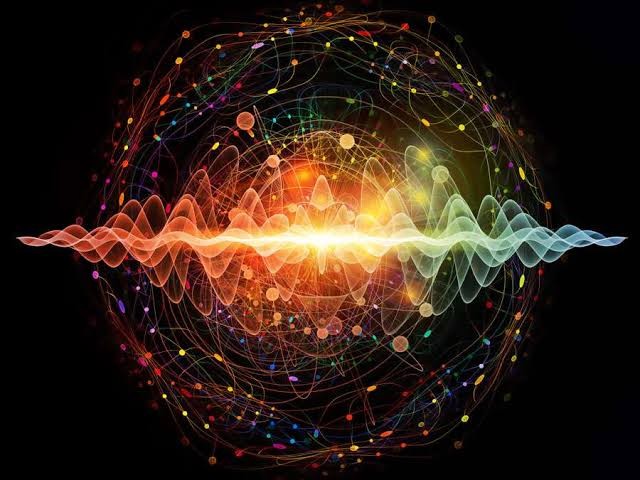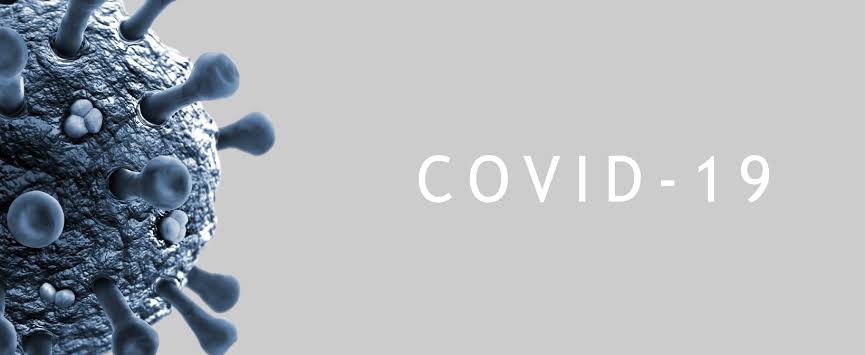Hinduism contains many perspectives on the creation of the universe — because the tradition is extremely ancient and unites numerous schools, myths, and philosophies. The main views can be divided into mythological (Puranic) and philosophical (Upanishadic, Vedantic, Sankhya).1. The Cosmic Egg (Hiranyagarbha — “Golden Embryo/Egg”)Mentioned in the Rigveda.From the golden egg that emerged in the …
Hinduism contains many perspectives on the creation of the universe — because the tradition is extremely ancient and unites numerous schools, myths, and philosophies. The main views can be divided into mythological (Puranic) and philosophical (Upanishadic, Vedantic, Sankhya).
1. The Cosmic Egg (Hiranyagarbha — “Golden Embryo/Egg”)
Mentioned in the Rigveda.
From the golden egg that emerged in the primeval waters came all existence: gods, humans, heavens, and earth.
Hiranyagarbha symbolizes the primordial cosmos, from which Brahma — the creator — is born.
2. The Trimurti: Brahma, Vishnu, and Shiva
In the Puranic tradition, creation begins with Vishnu:
He rests upon the serpent Ananta in the cosmic ocean.
From his navel grows a lotus, within which appears Brahma.
Brahma creates the universe, gods, humans, and the laws of the world.
After countless cycles, the world is destroyed by Shiva and then reborn again.
3. Purusha — the Cosmic Man
In the Rigveda hymn Purusha Sukta:
The universe is born from the sacrifice of the primal being, Purusha.
From his mouth came the Brahmins, from his arms the Kshatriyas, from his thighs the Vaishyas, and from his feet the Shudras.
From his body arose the sun, moon, heavens, and earth.
4. Philosophical Schools
Sankhya: The world arises from the interaction of two principles — Purusha (pure consciousness) and Prakriti (primordial matter).
Vedanta: The basis of all is Brahman, the eternal Absolute. The world is the manifestation of Brahman through Maya (illusion).
Yoga & Tantra: Creation is the unfolding of Shakti, divine energy, from the undifferentiated consciousness of Shiva.
5. Cyclic Nature of Time (Kalpas and Yugas)
Unlike Abrahamic religions, Hinduism does not see a single “beginning” and “end.”
Worlds are born, exist, and dissolve in endless cycles (samsara).
One cycle of Brahma (maha-kalpa) lasts 311 trillion years.
After dissolution, creation begins anew.
✨ Thus, Hinduism describes the cosmos not as a one-time act of creation, but as an eternal pulsation: manifestation, preservation, dissolution — followed by rebirth.
The Trimurti: Three Great Powers of Creation
In the beginning there was only infinite, luminous Being — Brahman.
From it arose three divine powers so that the world could exist:
Vishnu — the Preserver.
Resting on the serpent Ananta in the cosmic ocean, symbol of eternity.
From his navel blossomed a lotus, within which Brahma appeared.Brahma — the Creator.
He formed heaven and earth, gods and humans, animals and plants, breath and time.
From his thoughts emerged the sacred Vedas, so that beings could follow dharma.
His role is to begin creation, not to maintain it.Shiva — the Destroyer and Transformer.
When the universe reaches its limit, Shiva performs the cosmic dance (Tandava).
The cosmos burns in the fire of time, dissolving into the infinite, to be reborn again.
Shiva is not only a destroyer — he liberates from illusion, returning all to the primal Being.
Together they form the Trimurti — the three-in-one breath of the universe:
Brahma creates,
Vishnu preserves,
Shiva dissolves to renew.






